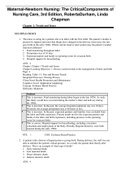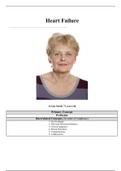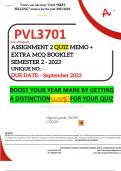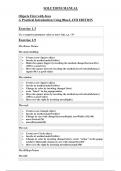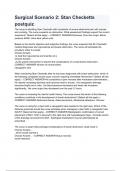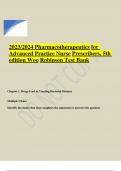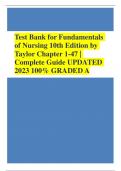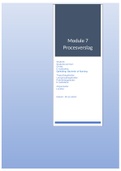Exam (elaborations)
test bank Davis Advantage for Maternal-Newborn Nursing: The Critical Components of Nursing Care Third Edition
- Institution
- Harvard University
test bank Davis Advantage for Maternal-Newborn Nursing: The Critical Components of Nursing Care Third Edition test bank Davis Advantage for Maternal-Newborn Nursing: The Critical Components of Nursing Care Third Edition test bank Davis Advantage for Maternal-Newborn Nursing: The Critical Componen...
[Show more]
